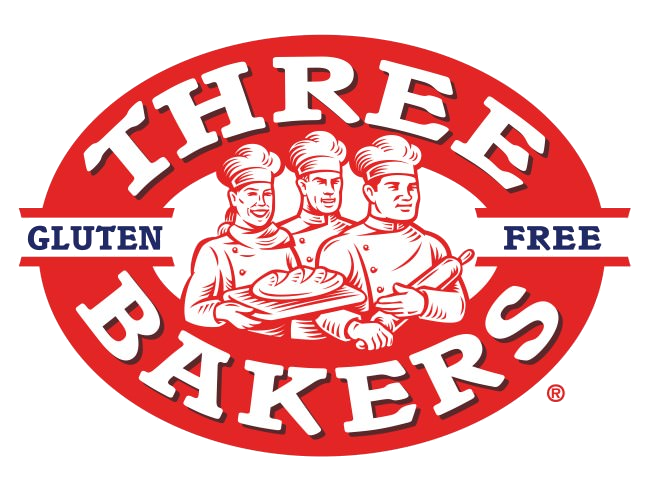- BY Susan Tucker
- POSTED IN Information
- WITH 0 COMMENTS
- PERMALINK
- STANDARD POST TYPE

Raising children is one of the most exhilarating, precious, and terrifying parts of life. Every parent’s biggest fear is for their child to be sick or injured. Unfortunately, celiac disease has slowly also begun also to affect children, and we’re here to help make sense of it all.
Currently, it is estimated that roughly one out of every 100 people have been diagnosed with celiac disease and many more are undiagnosed but present symptoms. Children have a 5% to 10% chance of also being diagnosed if someone in their family has it. If the disease is detected early on – typically between the ages of 6 months and two years – it can be handled fairly quickly without much, if any, health complications down the line. However, if the condition goes undiagnosed, it could lead to long-term health complications later in life.
What are the Symptoms of Celiac Disease in Children?
At this time there are more than 200 different symptoms that have been linked with celiac disease, contributing to the growing problem of people going undiagnosed. If you suspect that you or your child may be suffering from an intolerance to gluten, the best thing you can do is to consult with your doctor about your concerns.
Here are some of the common symptoms that a child may experience as a result of having celiac disease:
Pain areas: in the abdomen or joints Gastrointestinal: belching, diarrhea, fat in stool, heartburn, indigestion, nausea, vomiting, or flatulence Whole body: bone loss, fatigue, or malnutrition Developmental: delayed puberty or slow growth Also common: cramping, itching, lactose intolerance, skin rash, or weight loss If you begin to notice your child presenting these symptoms, it is better to take them to your family doctor for testing than to ignore them. If it is celiac, your child’s body could be suffering severe damage each time they eat foods containing gluten.
Related: How to Identify Symptoms of Celiac Disease
How to Cope with Celiac Disease in Children
Unfortunately, at this time there is no “cure” for the disease, leaving only one option if you’re facing a diagnosis; a gluten-free diet. Of course, children are not always the easiest eaters to please, and gluten just happens to be in some of the all-time kid friendly foods, making the disease an even higher hurdle to jump over. Luckily, in recent years, there has been lots of awareness raised about the benefits of a gluten-free diet, making going diet changes easier than ever before.
Kid-Friendly, Gluten-Free Snack Alternatives
- Three Bakers Snackers
- Fruit slices with peanut butter
- Carrots or celery with ranch dipping sauce
- Applesauce
- Cheese Sticks
- Trail mix
- Spicy Kale Chips
There are also a growing number of gluten-free options available on grocery store shelves and on restaurant menus across the country making it easier than ever to find safe alternatives for those battling celiac disease.


